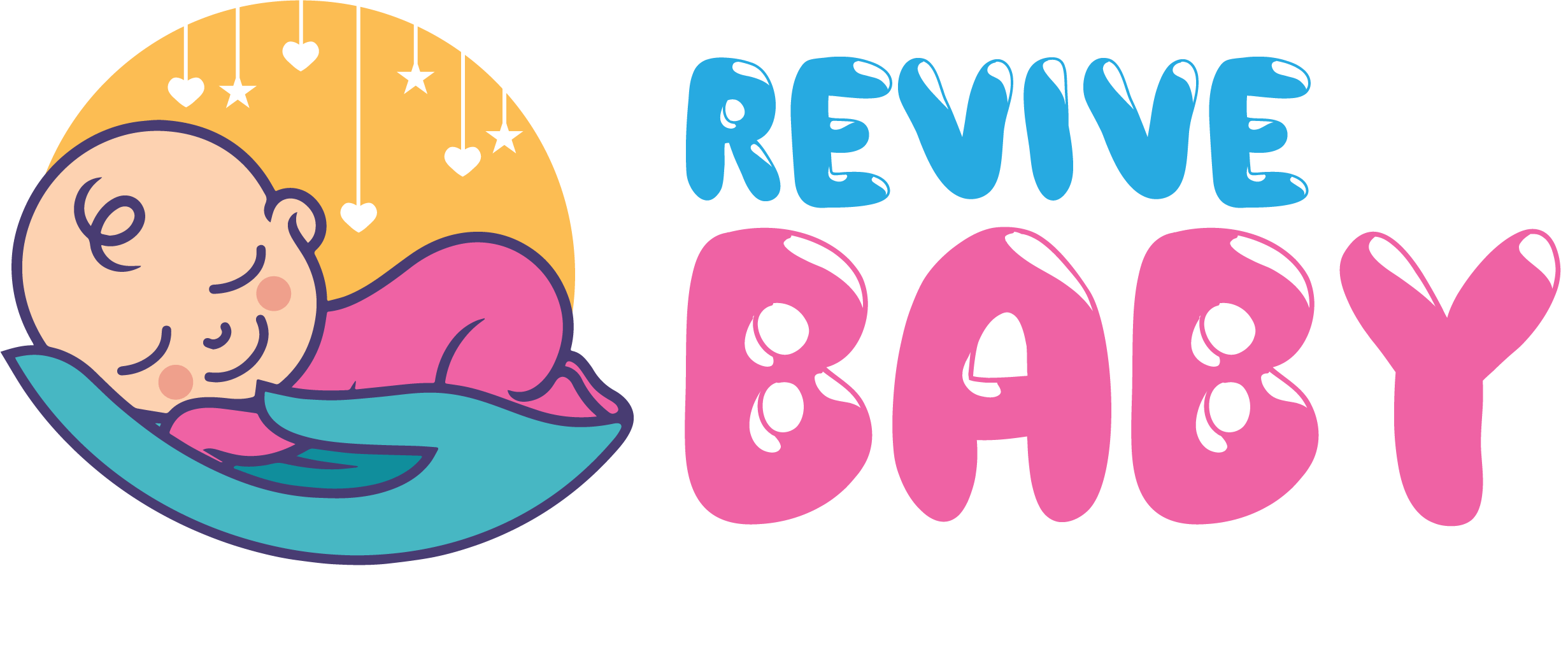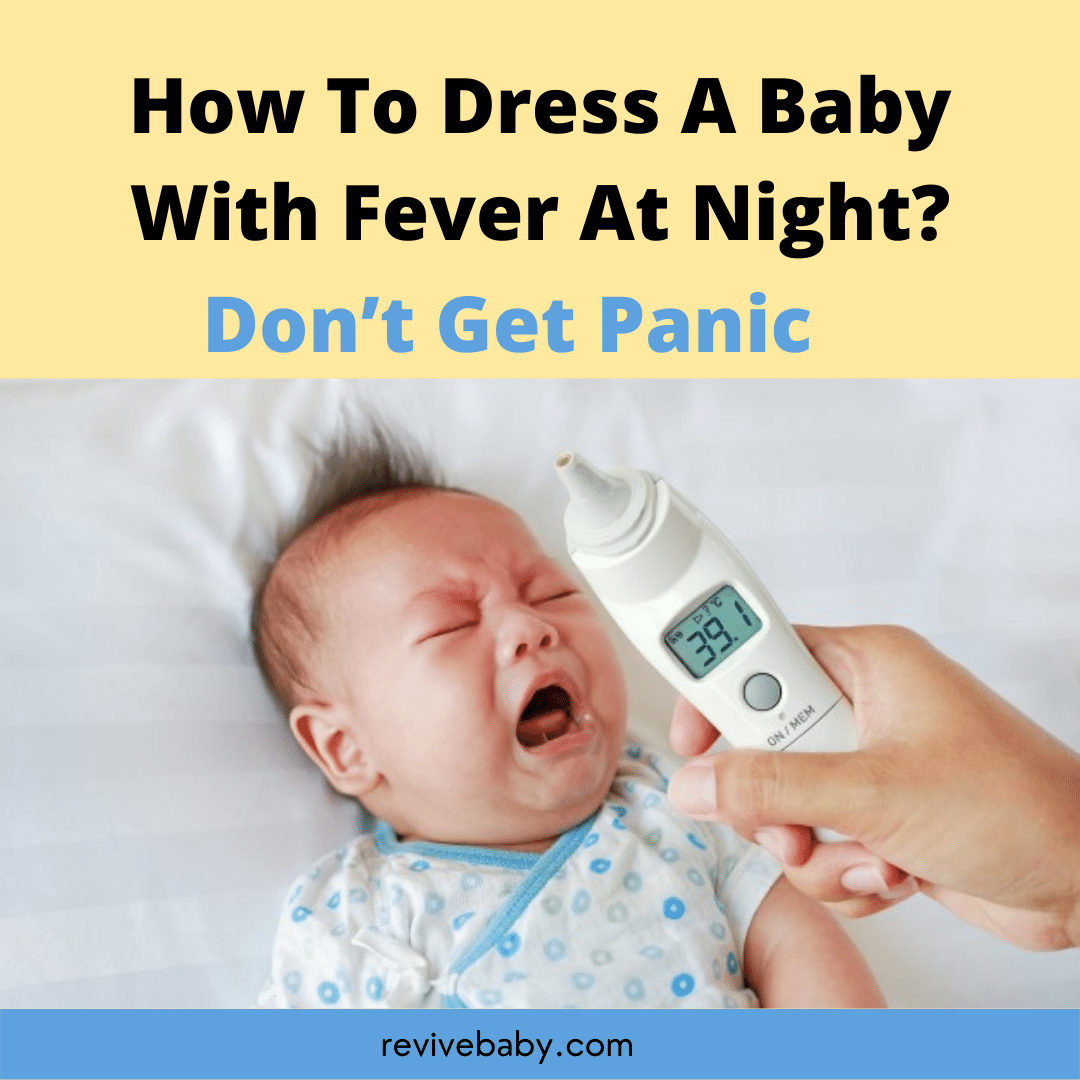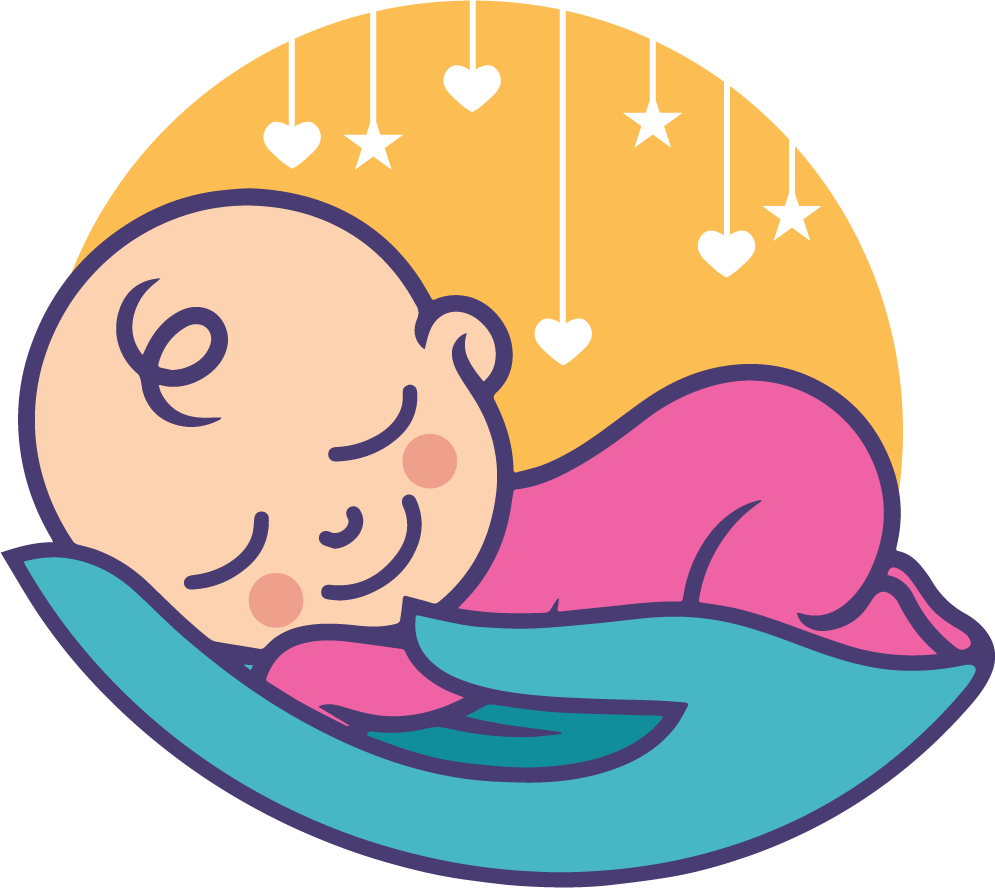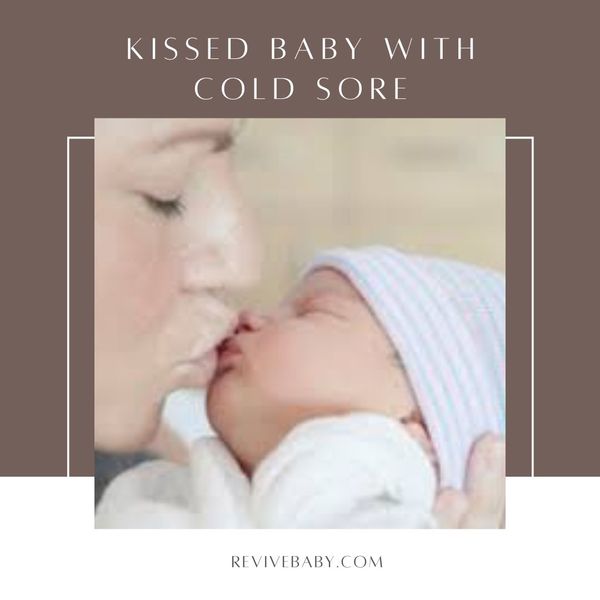It is common for a fever to cause discomfort in babies. As a result, a mild fever will not harm them. But if the temperature is high, it can be a symptom of a minor illness.
When your child is sick with a fever, dressing them for the night is one of the most important things you can do to help them feel better. As a result, we've compiled this guide to help you simplify the process of dressing a feverish baby at night by emphasizing the most important steps.

Understanding Fever
A variety of factors influence age-related and age-related differences in core body temperature. Temperatures can vary by a few degrees depending on the time of day and the season. If your infant has been active or has recently received a vaccination, their fever may be elevated.
In any case, a child's or baby's normal temperature is around 97.5 degrees Fahrenheit, with temperatures up to 99 degrees Fahrenheit considered safe.
A fever, on the other hand, is technically defined as a body temperature of 99 degrees Fahrenheit or higher. However, these figures may vary slightly depending on the accuracy of the thermometer you use (as well as the device's location on your baby's body).
How To Measure A Baby’s Temperature?
You may be able to tell if your baby has a fever by placing your palm on their forehead or back. As a parent, this is a useful skill to have.
The only way to check your baby's exact temperature is with a good, old-fashioned (or not so old-fashioned) thermometer. Still, this method will give you a good indication of whether your baby has a fever.
A digital thermometer is best to take a baby's temperature rectally (from the bottom). For example, you can accurately read your child's body temperature by sliding a temporal artery thermometer over their forehead.

Both of these are safe to use with infants. However, if your baby's temperature rises above 99 degrees Fahrenheit after using one of these methods, they are most likely suffering from a fever.
Although rectally and with a thermometer placed in the temporal artery provide the most accurate readings, your child's temperature can also be measured orally or subcutaneously (under the arm).
The temperature in the mouth and armpits is slightly lower. For example, if your infant's rectal temperature is 98 degrees Fahrenheit, the temperature under their arms could be as low as 97.2 degrees Fahrenheit.
What Causes Fever in Babies?

Remember that a fever in your infant is not always a sign of illness. Instead, it indicates a problem and an immune response.
When your child has a fever, their body fights an infection, a virus like the common cold or flu, or bacteria like a sinus or bladder infection.
To summarise, a fever in your infant is not always caused for concern, and it can usually be treated and monitored at home.
When should you consult a medical professional? If your baby is less than three months old and has a fever, you should see a doctor immediately. Babies who have fevers are particularly vulnerable.
If your child is three to six months old and has a fever of 102 degrees Fahrenheit or appears ill, you should call your doctor. If your child is between 6 months and 2 years old and has a fever that lasts longer than 24 hours, take them to the doctor (with no other symptoms).
Finally, if your child is over the age of two and has had a fever for more than three days, you should take them to the doctor. Likewise, seek medical attention if your child's temperature rises above 102 degrees Fahrenheit, regardless of age.
How To Dress A Baby With Fever At night?
Nothing is more important than keeping your baby comfortable when they are sick. This means that dressing your sick infant at night should be a top priority for you to remember. Keep the following in mind when deciding how to dress your child at night:
- Your baby will need rest to recover, so dress them comfortably.
- Keep your infant in light clothing if they have a fever. To accommodate this, clothing and blankets used at night should be thin. Heavy blankets and multiple layers of clothing are not advised because of the potential risks to your baby's health. Furthermore, underdressing can make your baby feel chilly and unpleasant when they have a fever.

- Temperature regulation in babies differs from that of adults. As a result, wearing too much clothing can easily lead to overheating. As a result, you should dress lightly and use a thin blanket. If your infant seems cold at night, add an extra blanket or layer of clothing.
- Try to dress the baby in a single layer of clothing.
- Wrap a baby in a light blanket.
- Clothes made of a single, thin layer of cotton have the potential to be very efficient.
- When the temperature inside is between 70 and 74 degrees Fahrenheit, you can get away with wearing only the bare necessities.
- If you notice your infant shivering, add more blankets and layers of clothing.
- A baby who sweats while dressed necessitates frequent nighttime checks.
- If you notice your child sweating through their outer layer of clothing, change it immediately.
- Put on an extra layer of clothing after determining how many are needed based on whether your child is hot or cold. As a result, if your child becomes warmer than expected, you can easily remove one layer. Removing all of your child's clothing at once is unnecessary unless they are overheating and need to cool down quickly.
- Temperatures above 100.80 degrees Fahrenheit require you to remove your infant's clothing while they are napping or sleeping. As a baby's clothing, a light blanket can be used. Most medical professionals, however, agree that having some light garments on hand is more beneficial.
Conclusion
Your anxieties are justified if your kid develops a fever. If a sleeping baby can fall asleep independently, do not wake them up to check their temperature or provide fever medicine.
A good night's sleep is more vital to the healing process than temperature monitoring unless the symptoms are severe enough to need an emergency hospital visit. As a consequence, maintaining your calm is always necessary.
Sick newborns are already worried, and seeing their parents' fear may exacerbate their anxiety. Keep calm and take the essential precautions to safeguard your infant's safety.









